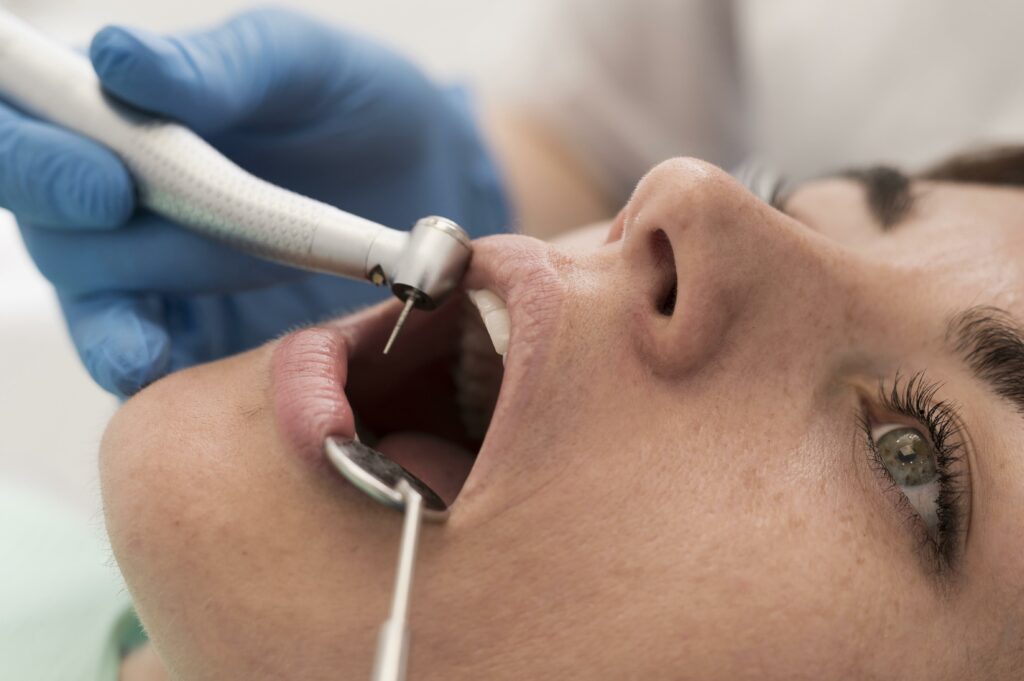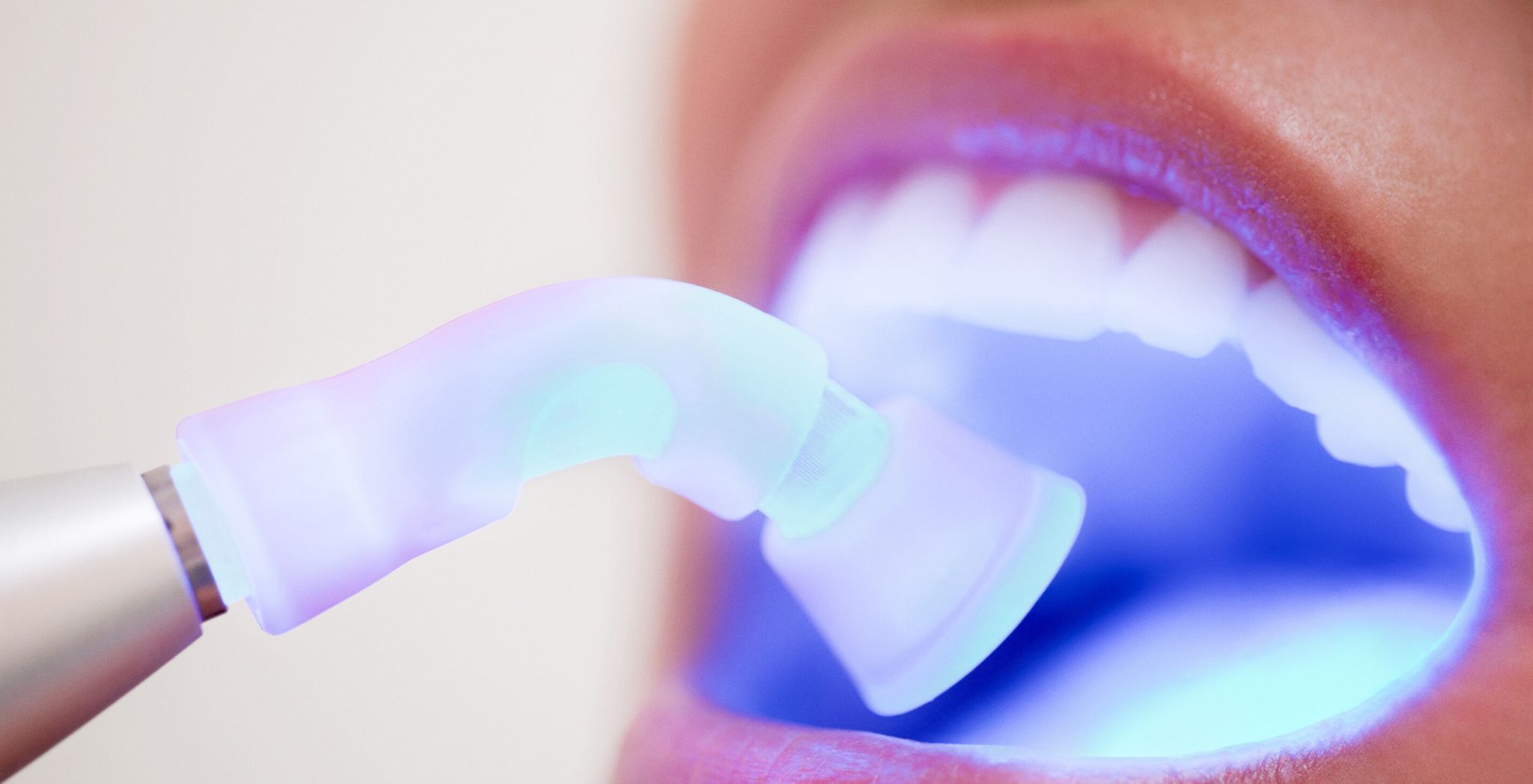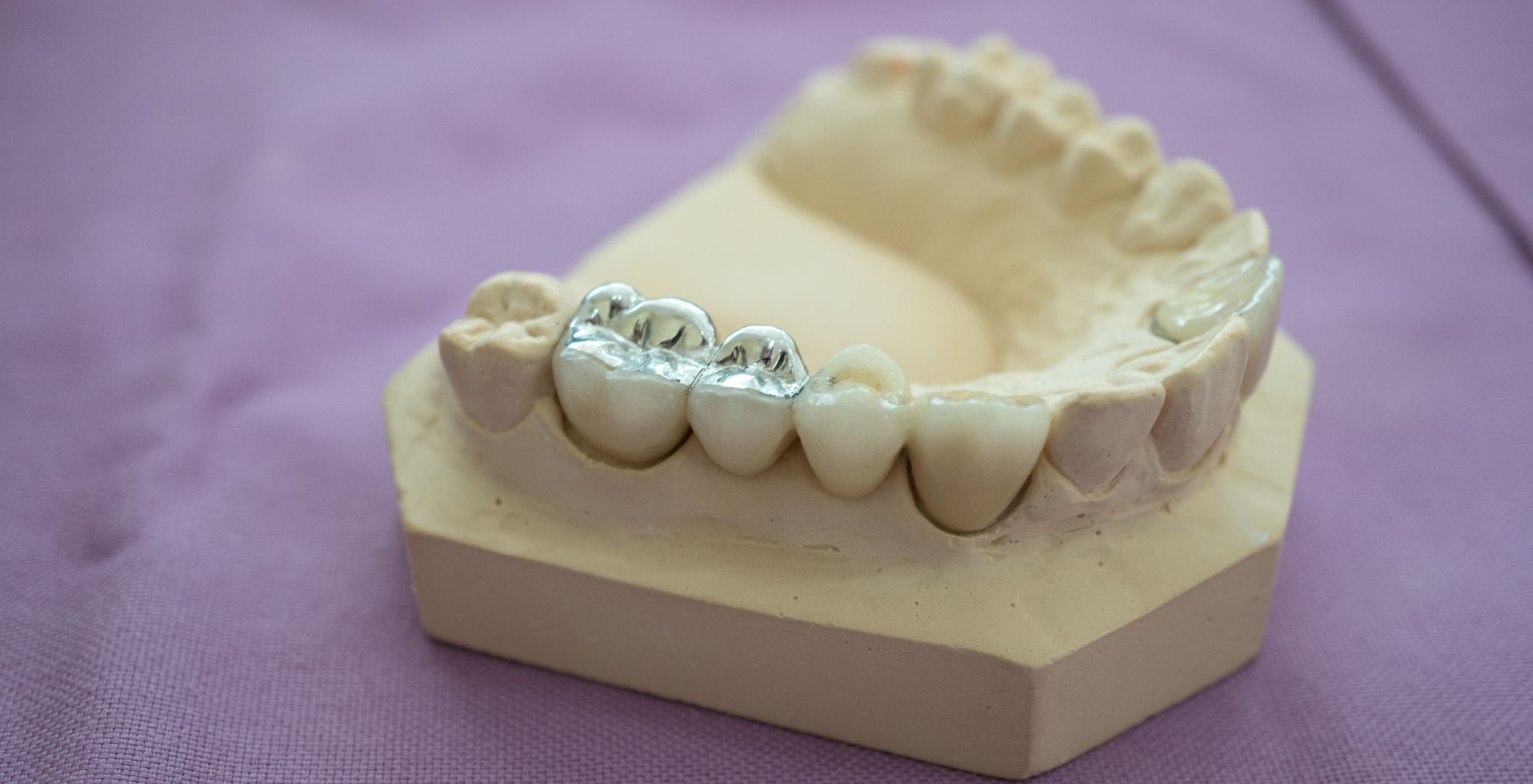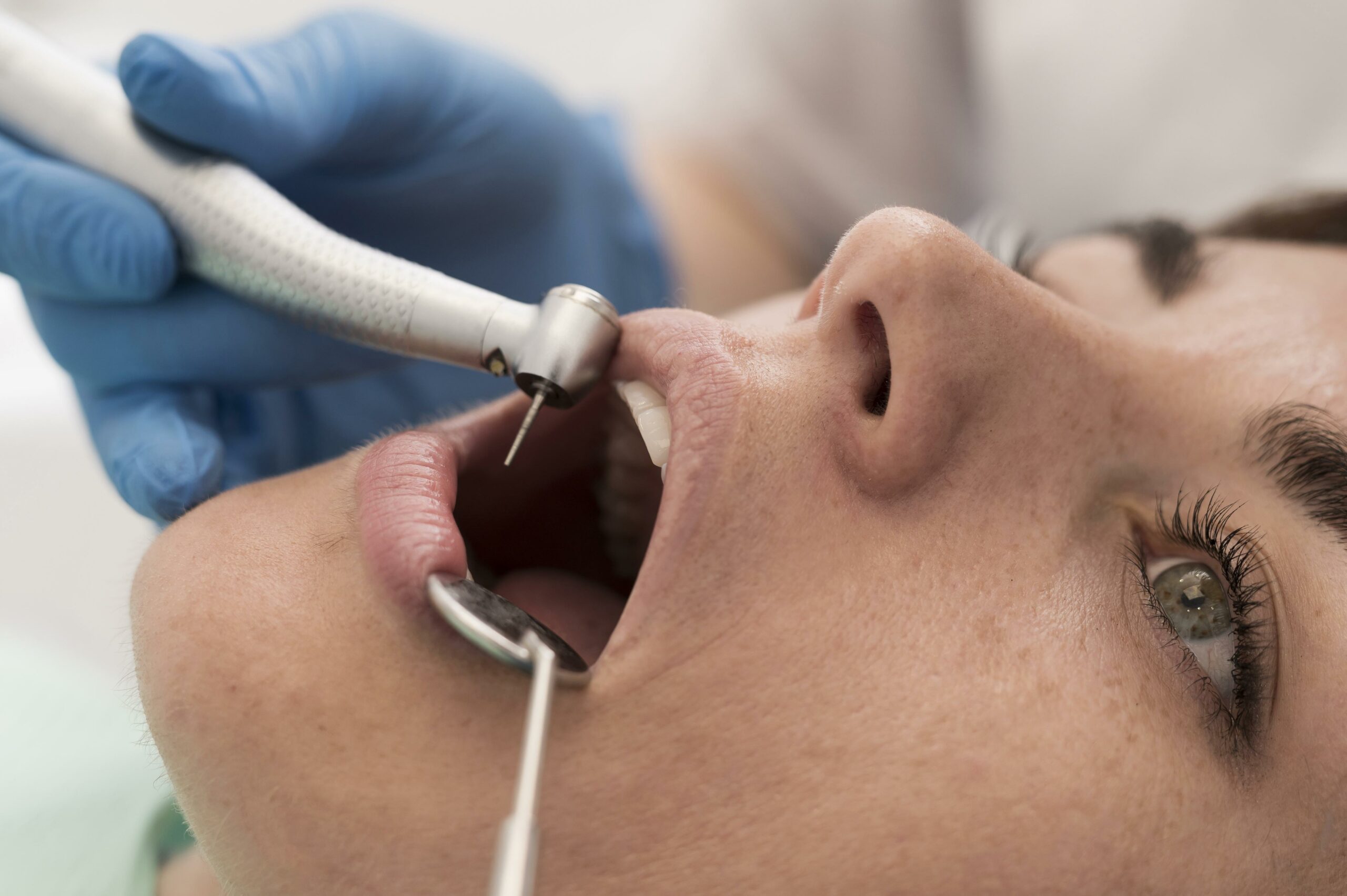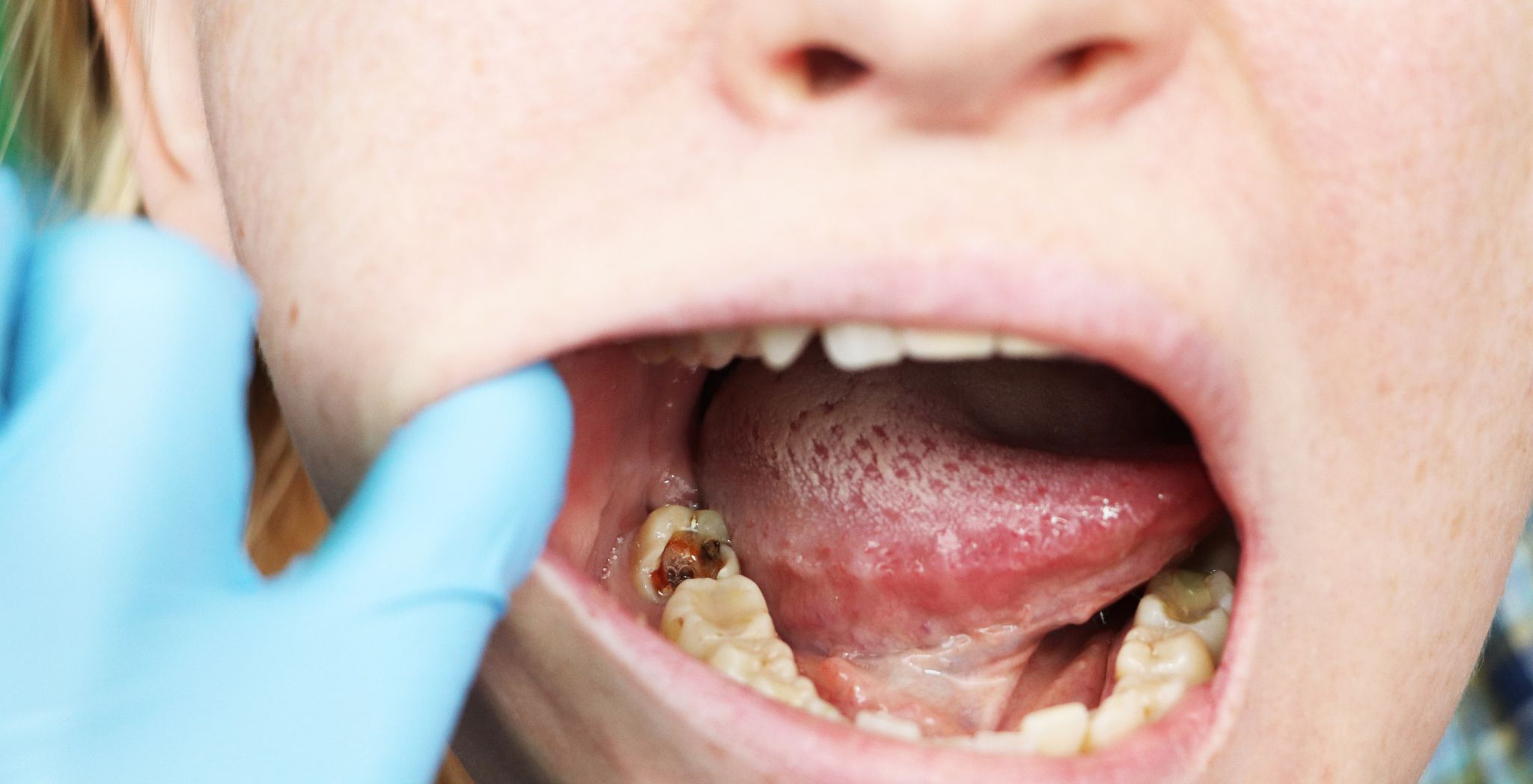Experiencing tooth pain can be incredibly unsettling, and often, a root canal is the recommended solution to alleviate discomfort and save a damaged tooth. While the idea of a root canal might sound daunting, understanding the root canal steps involved can help ease any worries.
This guide will walk you through the root canal procedure, so you know exactly what to expect from a root canal.
What is a Root Canal?
At the heart of every tooth lies a soft tissue called the pulp. This pulp contains nerves, blood vessels, and connective tissue, and it’s essential for the growth and development of your tooth. However, if this pulp becomes infected or inflamed due to deep decay, repeated dental procedures, a crack, or trauma, it can cause significant pain and lead to serious dental issues.
A root canal, also known as endodontic treatment, is a dental procedure designed to remove the infected or inflamed pulp, clean and disinfect the inside of the tooth, and then fill and seal it. The goal is to save the natural tooth, prevent further infection, and eliminate pain. It’s a highly effective treatment that allows you to keep your natural tooth rather than having it extracted.
Why is a Root Canal Needed?
A root canal treatment becomes necessary when the pulp inside your tooth is damaged. This damage can occur for several reasons:
- Deep Decay: Untreated cavities can progress, allowing bacteria to reach the pulp, leading to infection.
- Cracked or Chipped Tooth: A crack or chip in your tooth can expose the pulp to bacteria, causing inflammation or infection.
- Repeated Dental Procedures: Multiple dental procedures on the same tooth can sometimes irritate the pulp, leading to issues.
- Trauma to the Tooth: An injury, such as a knock or fall, can damage the pulp even if there are no visible cracks.
Common symptoms that might indicate you need a root canal include severe toothache, prolonged sensitivity to hot or cold temperatures, swelling and tenderness in the surrounding gums, a small pimple-like bump on the gums, and discolouration of the tooth. If you’re experiencing any of these symptoms, it’s crucial to see your local dentist, like dentist Aspendale, promptly.
Step 1: Diagnosis and X-rays
The journey of a root canal begins with a thorough examination by your dentist. This initial step is crucial for accurate diagnosis. Your dentist will ask about your symptoms and examine your tooth and the surrounding gums.
A key part of this stage involves taking X-rays. These images allow your dentist to see the extent of the damage or infection, identify the shape and length of the root canals, and determine if there’s any infection in the surrounding bone. Based on this assessment, your dentist will confirm if a root canal is the most suitable treatment for your situation.
Step 2: Anaesthesia and Preparation
Once the need for a root canal is confirmed, the next step focuses on ensuring your comfort during the procedure. Your dentist will administer a local anaesthetic to numb the affected tooth and the surrounding area. This means you won’t feel any pain during the root canal procedure, only a sensation of pressure. For those who might feel anxious, your dentist at Aspendale Gardens Dental Care can discuss options to help you relax.
After the area is numb, a dental dam – a small, thin sheet of rubber – is placed around the tooth. This acts like a protective shield, isolating the tooth and keeping it clean and dry throughout the procedure. It prevents bacteria from your saliva from entering the treatment area and also ensures you don’t swallow any of the materials used.
Step 3: Removing the Infected Pulp
With the tooth isolated, your dentist will create a small access hole, usually through the chewing surface of a back tooth or from the back of a front tooth. This opening allows them to reach the infected or inflamed pulp inside the tooth.
Using tiny, specialised instruments, your dentist will carefully remove the diseased pulp from the pulp chamber and the root canals. This part of the root canal steps is vital for eliminating the source of infection and pain.
Step 4: Cleaning and Shaping the Root Canal
Once the pulp is removed, the root canals need to be thoroughly cleaned and shaped. Your dentist will use very fine, flexible instruments (often called files) to meticulously clean and widen the root canals. This process removes any remaining bacteria and tissue debris and prepares the canals for filling.
During this stage, irrigating solutions, which often contain an antibacterial agent, are used to wash away any remaining debris and disinfect the inside of the canals. This ensures the canals are as clean and sterile as possible before they are filled. Your dentist may take additional X-rays during this stage to confirm the correct length of the canals and ensure thorough cleaning.
Step 5: Filling the Root Canal
After the root canals have been thoroughly cleaned, disinfected, and shaped, they are ready to be filled. This is a crucial step to prevent re-infection. The canals are typically filled with a biocompatible, rubber-like material called gutta-percha. This material is usually combined with an adhesive cement to ensure a complete and tight seal.
The gutta-percha is placed into the cleaned canals, filling them completely from the tip of the root to the pulp chamber. This seals off the canals, preventing bacteria from entering and causing further problems.
Step 6: Sealing and Restoration
Once the root canals are filled, the access hole in your tooth is sealed with a temporary or permanent filling. In most cases, especially for back teeth that endure significant chewing forces, a permanent restoration like a crown is highly recommended after a root canal.
A crown provides long-term protection for the treated tooth, preventing it from fracturing. It also restores the tooth’s full function and appearance. Your dentist will discuss the best type of restoration for your tooth based on its condition and location. Fitting a permanent crown usually occurs a few weeks after the initial root canal procedure, giving the tooth time to settle.
Post-Treatment Care After a Root Canal
After your root canal, it’s normal to experience some mild discomfort or sensitivity for a few days, especially when chewing. This can usually be managed with over-the-counter pain relievers. Your dentist will provide specific instructions for post-treatment care after a root canal, which may include:
- Avoiding chewing on the treated tooth until the final restoration is placed.
- Maintaining good oral hygiene, including regular brushing and flossing.
- Taking any prescribed antibiotics if necessary.
It’s important to attend all follow-up appointments with your dentist to ensure the treatment has been successful and to get your permanent restoration placed.
What to Expect During Recovery
The root canal recovery period is generally straightforward. Most people can return to their normal activities within a day or two. The initial sensitivity should subside relatively quickly.
While the tooth itself is no longer “alive” in terms of having a pulp, it remains a functional part of your mouth. With proper care and a good permanent restoration, your treated tooth can last a lifetime. Regular dental check-ups and good oral hygiene are essential for the long-term success of your root canal.
Conclusion
A root canal is a common and highly effective dental procedure that can save a damaged tooth and relieve pain. By understanding the root canal steps – from diagnosis and anaesthesia to cleaning, filling, and restoration – you can approach the procedure with confidence.
If you’re experiencing persistent tooth pain, don’t hesitate to contact your Aspendale Gardens dentist. Getting timely treatment can prevent more serious problems and help you maintain a healthy, pain-free smile.
Thinking You Might Need a Root Canal?
Contact our trusted dentist in Aspendale Gardens Dental Care today to schedule a consultation. We can accurately diagnose your condition and guide you through the best course of action to restore your oral health.

